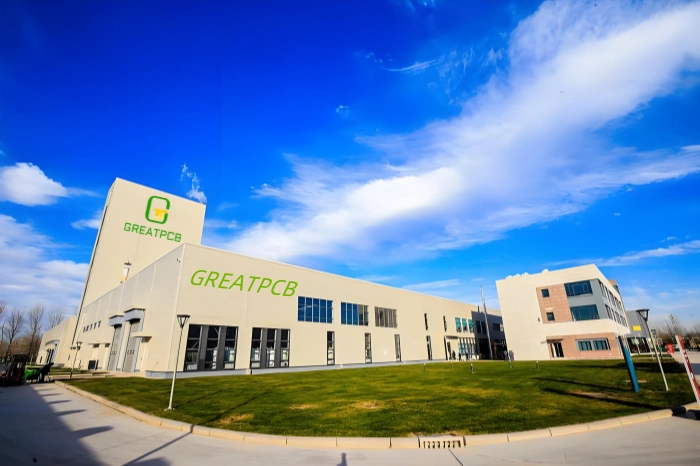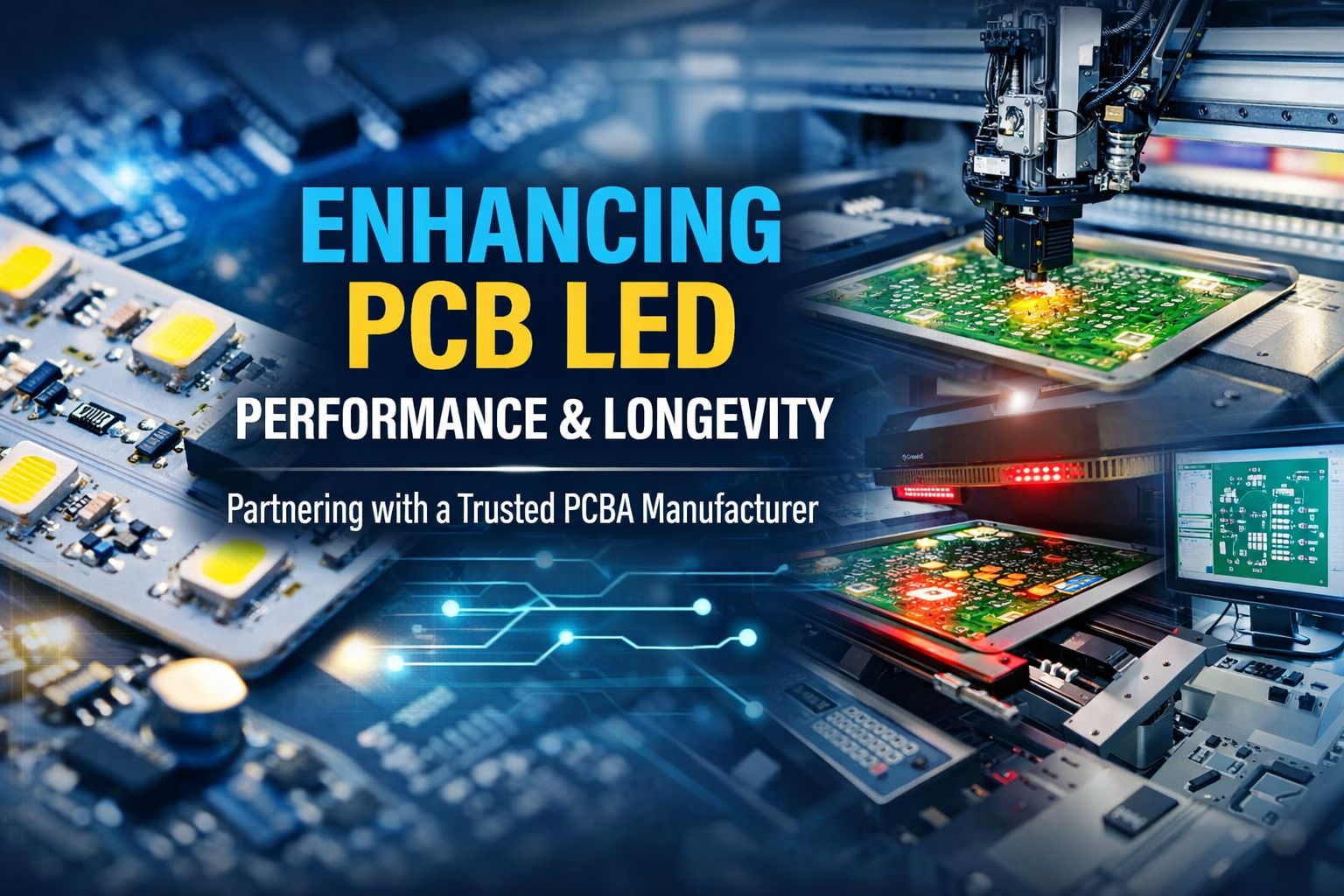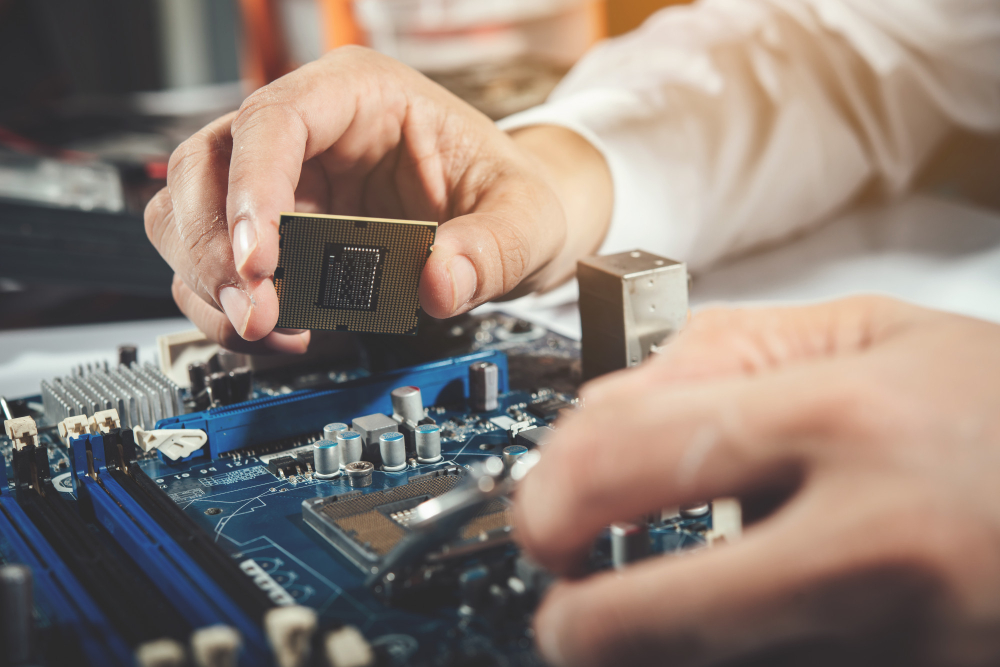High Frequency
Assembly
Teflon PCB, also known as Polytetrafluoroethylene (PTFE) PCB, is a specialized type of printed circuit board widely used in high-performance electronics. This material is characterized by its unique properties, such as resistance to acids and alkalis, resistance to various organic solvents, and its almost insolubility in all solvents, along with high-temperature resistance and low friction coefficient. These features make Teflon PCBs important in high-end electronic products. The manufacturing process of Teflon PCBs involves the use of high-performance materials that possess a range of excellent properties, including resistance to extreme temperatures, corrosion, weather, high insulation, high lubricity, non-adhesion, and non-toxicity.
Advantages and Disadvantages of Teflon PCBs
Advantages of Teflon PCBs:
- High-Temperature Resistance: Teflon PCBs can operate in a wide temperature range, with a maximum temperature of up to 260°C, allowing them to maintain good performance in high-temperature environments.
- Low-Temperature Resistance: Even at extremely low temperatures, Teflon PCBs retain some flexibility and mechanical toughness, making them less prone to brittleness.
- Corrosion Resistance: Teflon PCBs exhibit inertness to most chemicals and solvents, being able to withstand strong acids, strong alkalis, and various organic solvents, enabling stable operation in harsh environments.
- High Insulation: Teflon PCBs have excellent electrical insulation properties, effectively resisting high voltage and ensuring stable circuit board operation.
- Non-Adhesion: With extremely low surface tension, Teflon PCBs do not easily adhere to any substances, making cleaning and maintenance relatively easy.
- High Lubricity: Teflon has a relatively low friction coefficient among solid materials, helping to reduce friction and wear between various components on the circuit board.
Disadvantages of Teflon PCBs:
- Cold Flow: Teflon material exhibits a certain degree of cold flow, which may cause slight changes in the shape and size of the material in certain applications.
- Processing Difficulty: Due to the special properties of Teflon PCBs, such as high lubricity and non-adhesion, processing them can be relatively challenging. Issues like gas erosion or tearing may occur during PCB routing and drilling.
- Higher Cost: Compared to traditional FR-4 materials, Teflon PCBs have a significantly higher cost, primarily due to their special production processes and material costs.
In summary, Teflon PCBs offer significant advantages in terms of high temperature, low temperature, corrosion resistance, insulation, and lubricity. However, they also present challenges such as cold flow, processing difficulty, and higher costs.
Applications of Teflon PCBs
Teflon PCBs are widely used in various fields due to their outstanding characteristics.
- Communication Equipment: Teflon PCBs perform exceptionally well in high-frequency communication devices. Their low dielectric constant and low loss characteristics make them ideal for microwave circuits, radar systems, and satellite communication equipment.
- RF Applications: Teflon PCBs exhibit excellent performance in RF applications. Their stable dielectric characteristics and superior signal transmission capabilities make them widely used in wireless communication and RF amplifiers.
- High-Temperature Environments: Due to their high-temperature resistance, Teflon PCBs excel in high-temperature applications, including aerospace and high-temperature industrial equipment.
Frequently Asked Questions
- What is the maximum temperature that Teflon PCBs can withstand? Teflon PCBs can typically withstand temperatures up to 260°C, providing excellent high-temperature stability.
- In which specific fields are these types of PCBs applicable? Teflon PCBs perform exceptionally well in communication equipment, RF applications, and high-temperature environments.
- Is the manufacturing process for Teflon PCBs complex? Yes, the manufacturing process for Teflon PCBs is relatively complex and involves multiple steps to ensure performance and quality.
- How do Teflon PCBs differ from conventional PCBs? Teflon PCBs have lower dielectric constants, high-temperature stability, and superior insulation properties, making them more suitable for specific applications.
- How do I choose a suitable Teflon PCB manufacturer? Choose a manufacturer with experience and a good reputation, and check their product quality and customer feedback to ensure you obtain high-quality Teflon PCBs.
FR 4 versus PFE
| material | FR4 | PTF |
| temperature range | The highest of 110°C | above-192°C to 260°C |
| dielectric constant | 3.8 – 4.8 | 2.1 – 2.6 |
| dielectric strength | 150-200 volts | 300-500 volts |
| water absorption | 0.1% | 0.03-0.1% |
| chemical resistance | Relief is damaged by certain solvents / acids | Excellent resistance to almost all chemicals |
| conductivity for heat | 0.3-0.6 watts / m / g | 0.440 0.95 watts / m / g |







